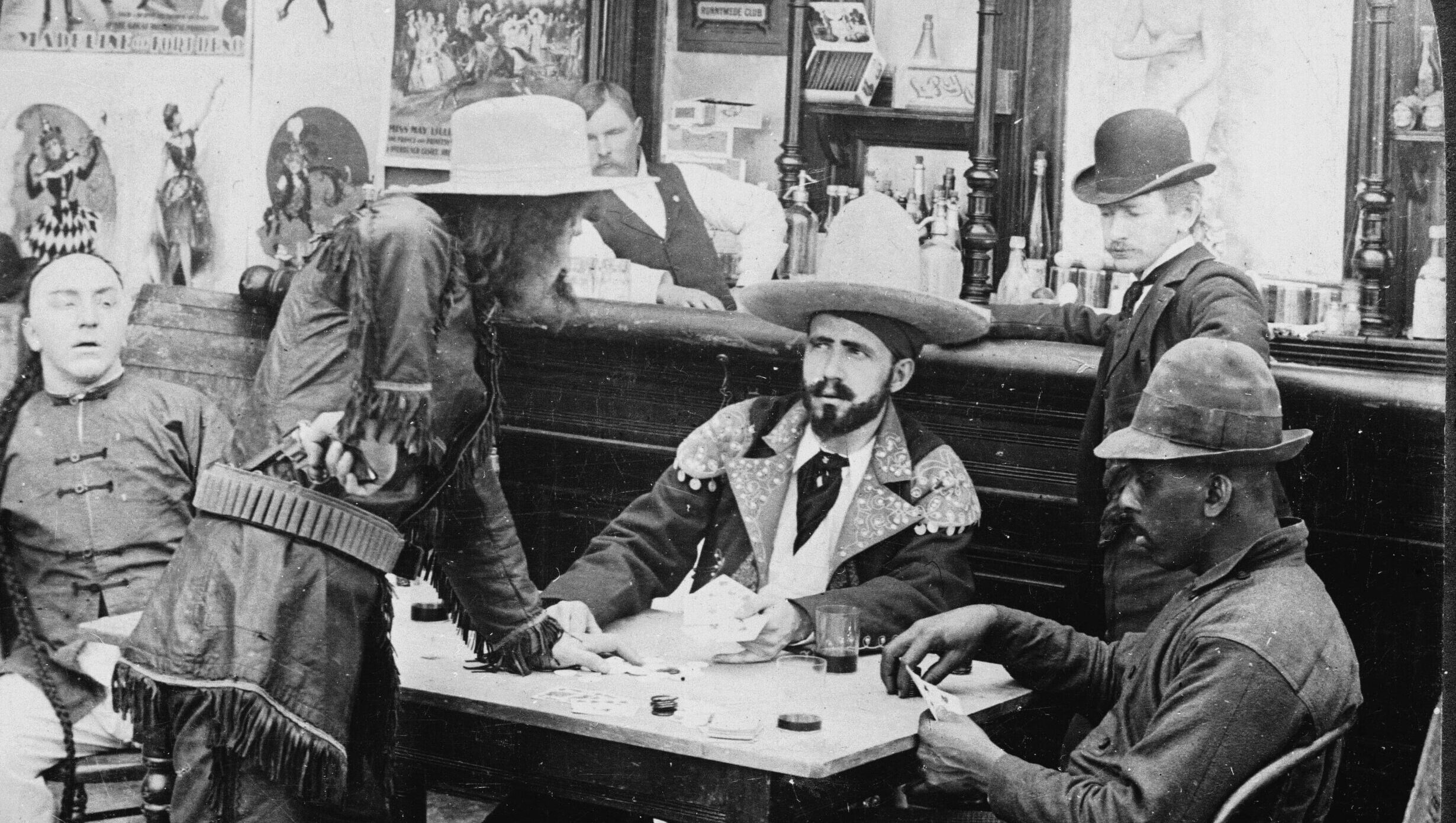Constancy and the Ethics of Jane Austen’s “Mansfield Park”
by Joyce Kerr Tarpley
(Washington, DC: Catholic University of America Press, 2010)
Academic publishing in recent years, especially in literature studies, has become increasingly problematic. The German model of the “research university,” which had begun to predominate in this country a century ago, has been reinforced by the constantly expanding prestige of the STEM subjects (science, technology, engineering, and mathematics) in academic curricula. Young scholars in the humanities are evaluated according to the same criteria as scientific and technological researchers: new contributions to knowledge, innovative research techniques, and—above all—the accumulation of funds by winning grants from government agencies, nonprofit foundations, and large corporations. For young literary scholars striving to build a publication record in order to achieve tenure and promotion, this means striving to find ways to make their work sound scientific and practical. Many resort to quasi-sociological investigations of commercial aspects of book publication, and anything that can be done on a computer becomes an exemplar of the newest wave in “digital humanities.”
The baleful legacy of postmodernism, with its general disdain for “bourgeois humanism” and its regime of multicultural political correctness, has further dampened the prospects of traditional literary scholarship. Assistant professors with newly conferred doctorates are constrained either to apply arcane theories and antihumanist research methods to classic authors or to unearth long-forgotten minor figures and attempt to breathe life into the decaying cadavers of their work. The result has been a veritable plethora of pointless, unreadable tomes issuing from university presses.
It is, therefore, a relief and even a pleasure to call attention to a book by a young literary scholar that is well worth reading, and not just by those with a professional stake in “keeping up with the research.” Joyce Kerr Tarpley has evidently labored under all the disadvantages mentioned above; nevertheless, she has produced a study of Jane Austen that ought to engage anyone with an interest in this classic author or in the moral significance of fiction. Tarpley follows the lead of Alasdair MacIntyre’s After Virtue in attributing philosophical seriousness to the novels of Jane Austen and sets about recuperating the Christian core of her fiction, as exemplified in Mansfield Park, and its self-effacing heroine, Fanny Price. “Constancy,” Tarpley writes, “is the foundation of Fanny’s daily practice of her religious principles and the growth of consciousness that represents her inner spiritual nature” (11).
Tarpley devotes the first chapter to “Constancy: A Definition” in order to establish a clear sense of the moral virtue thus denoted, since Austen’s deployment of the term in the text is deliberately equivocal and ironic. For Henry Crawford, an exemplar of flawed character in the novel, “constancy” means simply persistence or tenacity in his own aims. Fanny Price is an example of constancy in the sense of integrity—of wholehearted commitment to ethical principle in every aspect of her life, of character that remains firm and consistent in the face of temptation, discouragement, and disappointment. Tarpley thus situates Mansfield Park in the context of classical virtue ethics as transfigured by Christianity and interprets it as a narrative embodiment of that strength of character and conduct that maintains the other virtues.
In the succeeding chapters, the significance of constancy in Austen’s fictional world is treated in relation to a wide range of issues of concern and controversy in the early nineteenth century, when romantic individualism had further disrupted the classical and Christian worldview already shaken by the radical Enlightenment. Numerous commentators (and some filmmakers) have attempted to recruit Jane Austen as a partisan of various contemporary causes, from feminism to anti-imperialism to class warfare. Most persistent has been the effort to treat her as a thoroughly secular writer whose vision anticipates, even coincides with, modern materialism. Tarpley’s study is a painstaking refutation of all such forays on behalf of progressive expropriation. She builds instead a detailed argument that Austen’s literary vision is shaped by a firmly, if subtly, Christian and classical understanding of reality.
Mansfield Park is possibly Austen’s most explicit rejection of the cultural revolution of the Romantic age, yet it is also a difficult book for modern—that is, post-Romantic—readers to appreciate. Even C. S. Lewis found it opaque. Fanny Price fails, he maintains, on account of her “insipidity”: “One of the most dangerous of literary ventures is the little, shy unimportant heroine whom none of the other characters value. The danger is that your readers may agree with the other characters.” Further, he finds both Henry Crawford and his sister Mary, not impossible for real life, but too improbable for fiction in Aristotle’s sense. “I can accept Henry Crawford’s elopement with Mrs. Rushworth,” Lewis remarks; “I cannot accept his intention of marrying Fanny. Such men never make such marriages.” Similarly, “the gap between Mary at her best and Mary in her last interview with Edmund is probably too wide.”
In large measure, Lewis’s criticism is a result of his Romantic taste, which remained after his conversion. As Tarpley points out, however, “Jane Austen is not a romantic, nor is Mansfield Park a romantic novel” (180). While it is true that Fanny loves the beauty of nature, she never succumbs to Romantic idolatry of nature in the manner of her contemporary Wordsworth; and the central theme of the novel is the heroine’s spiritual development, which enables her to become more cognizant of the ultimate reality underlying her intuitive sense of right and wrong:
Fanny manifests a beautiful mind that is attracted by nature to the good, yet her experience at Portsmouth teaches her that this attraction alone is not enough to ensure right choice and action. Her response to nature represents the gradual growth of her consciousness, a process of correcting errors in judgment and feeling, of integrating her vision of nature so that she appreciates the beauty of what she perceives. More importantly, she glimpses its meaning, or truth. Guided by constancy, she recognizes that the source of harmony, stability, and continuance, for nature and for herself, is the eternal, divine Creator, God. (181)
This understanding of Austen’s novel makes it, in effect, a correction of Wordsworth’s notion of the “Growth of a Poet’s Mind” in The Prelude.
C. S. Lewis tells us that Fanny Price “makes no mistakes,” and he avers, “We do not even believe in what Jane Austen tells us of her good looks; whenever we are looking at the action through Fanny’s eyes, we feel ourselves sharing the consciousness of a plain woman.” I dwell upon what I take to be the shortcomings of Lewis’s interpretation of Mansfield Park precisely because he is such an admirable scholar, and because most of the essay I have quoted is so insightful. It is a measure of Tarpley’s achievement that she has succeeded in vindicating Austen’s least approachable novel from such a formidable critic.
Lewis compares Mansfield Park to a novel by Charlotte Brontë, but the Dickens of David Copperfield and Great Expectations may provide a better analogue. One of Tarpley’s great insights is to see that Fanny Price is the heroine of a Bildungsroman—a narrative of the principal character’s intellectual and spiritual development. It is for this reason that so much of Tarpley’s study is preoccupied with the theme of education and character formation. Fanny “makes no mistakes” in the manner of Emma Woodhouse, Catherine Morland, Elizabeth Bennett, or Marianne Dashwood; nonetheless, she has a great deal to learn. In part she is saved from error, as Tarpley observes, by the neglect and the low regard in which she is held, and her patience in suffering is an important factor in her moral growth.
And this accounts as well for the puzzle regarding Fanny’s looks: few young men and women are simply beautiful or ugly; so much depends upon how they dress and carry themselves, and how they are perceived by others. After all, Henry Crawford cuts no very fine figure with Sir Thomas Bertram’s daughters until he impresses them with his wit and sophistication. By the same token, Fanny’s simply maturing into a woman in the course of the novel, along with the deepening of her character, could easily be enough to attract Henry’s admiring attention by the contrast to her frivolous cousins. He is not a man devoid of insight or unable to appreciate Fanny’s virtues, although he most assuredly would have been unfaithful and neglectful of her, had she been so unfortunate as to accede to his proposal.
Tarpley’s study provides a thorough account of the implicit philosophical background upon which Mansfield Park rests. It is not that Jane Austen was a student of Aristotle or classical philosophy, but her orthodox Christian upbringing made such insights virtually part of the air she breathed. Further, Tarpley demonstrates that literary theory is not necessarily the work of the devil by making good use of Mikhail Bakhtin’s concept of free, indirect discourse as Austen’s means of distinguishing between the reality represented by her narrative and the capacity of her characters to grasp it: “That absolute, objective truth exists independent of the human mind suggests itself to be one of Jane Austen’s core beliefs. She separates it, however, from the mind’s ability to comprehend it” (220). This technique of moving between different levels of narrative and varying perspectives goes a long way toward explaining the reader’s, as well as the other characters’, changing image of Fanny.
Having freely extolled this book, I do not wish to suggest that it is flawless. It is longer than it need be, more preoccupied with its own relation to other critics and scholars and with building bibliography than many readers—especially nonacademic readers—will find useful, and the prose is at times labored and repetitive. In large measure these are the hazards of academic publishing. There is, for example, a pointless reference to Justus Lipsius’s De Constantia, a remarkably subtle work, which is dismissed on the basis of an article in an online handbook of philosophy. One may suspect that a learned press reader insisted that Lipsius must be mentioned, since he was an authority on constancy. There are also some puzzling scholarly decisions. The translation of Aristotle’s Nichomachean Ethics that is quoted is dubious, and citations should be to Bekker numbers, or book, chapter, and paragraph, rather than to page numbers; and I am at a loss to understand why Tarpley has used Noah Webster’s Dictionary of the English Language as an authority on Austen’s usage, since he was compiling a rather combatively American account of the language, first published a dozen years after her death.
These are, however, trivial matters. Joyce Kerr Tarpley has written an illuminating account of one of the most demanding novels by possibly the greatest of the English novelists. Jane Austen’s reputation has never been higher, and her work continues to attract critical and scholarly attention. Constancy and the Ethics of Jane Austen’s “Mansfield Park” deserves great admiration for providing insights into Austen’s fiction that are both new and edifying, and the Catholic University of America Press should be praised for publishing it. ♦
R. V. Young is editor of Modern Age.














